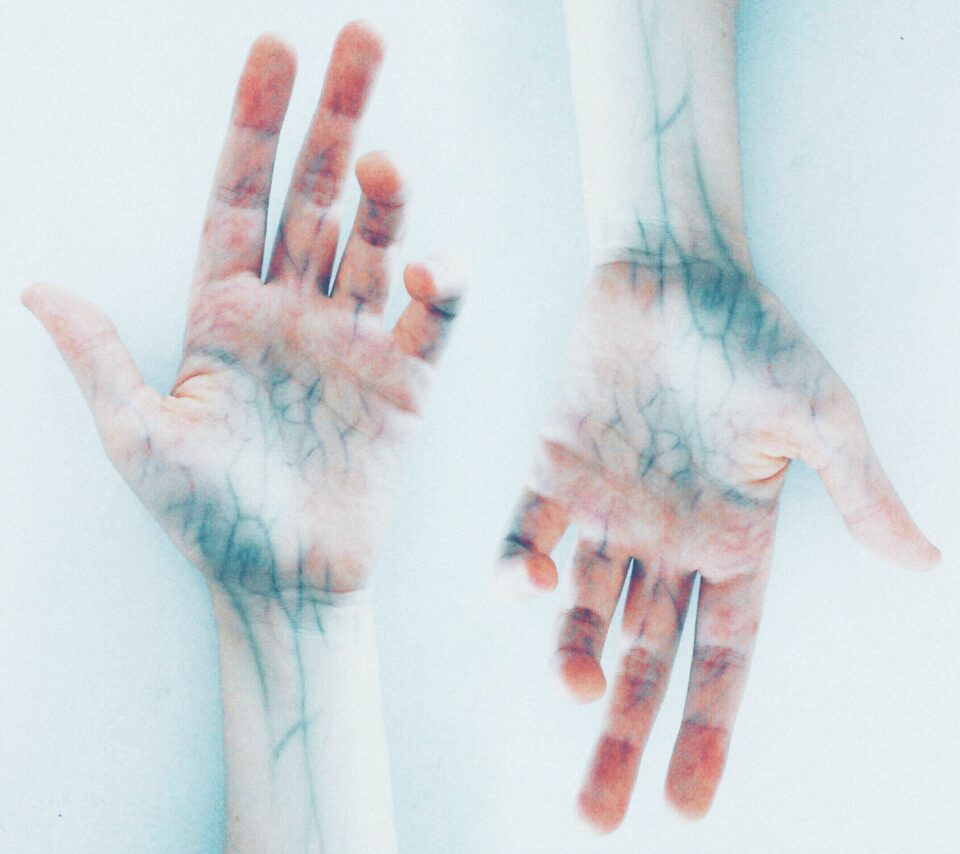As we age, our bodies change. We start to ache a little bit more and veins become more prominent and prolific. Our veins can be worked up to three times harder when we age, making it much easier to experience a variety of vein problems. Varicose veins, spider veins and chronic venous insufficiency are all common in adults over 40 years of age. Here are a few different types of treatment for different types of vein issues.
Different Types of Veins and Their Causes
Varicose Veins
Varicose veins are twisted and enlarged veins that can be red or blue. They occur in the legs, but may also sometimes extend to the genitals. The veins can appear blue due to deoxygenated blood pooling, while red varicose veins happen when the valves break down within the vein. The valves are supposed to help move blood up, but when they fail, blood pools and may later appear blue or red. When you take a look at the ultimate vein guide, you will see that varicose veins are not attended by any pain or discomfort, but they can lead to other problems like swelling and blood clots.
Spider Veins
Spider veins are smaller, red twisted veins that are sometimes called thread veins. They are more common in women than men and are caused by increased pressure on the capillaries. They can be unsightly, but do not require serious, or surgical treatment. These are similar to varicose veins but smaller and closer together. You may have one of several reasons why you have spider veins including pregnancy, sun exposure, dehydration or injury to your legs.
Chronic Venous Insufficiency
This is also known as a leg ulcer and is caused by a backup of blood in the veins of the leg, often due to injury or a previous surgery that went wrong. It causes you to have pain and swelling in one lower limb, while at the same time making your toes cold and turns them purple. This is a serious condition that can be prevented with vein treatment.
Sclerotherapy
Sclerotherapy is a procedure where a certain solution is injected into the veins causing it to become scar tissue and collapse. It’s commonly used to treat spider veins and smaller varicose veins. The treatment can be done in your doctor’s office and requires little recovery time. One drawback of sclerotherapy is that if you still have a larger varicose vein in the area that hasn’t been treated, it will likely return because the sclerotherapy only treats the smaller veins.
Endovenous Laser Ablation (EVA)
Endovenous laser ablation is an effective treatment for people who suffer from chronic venous insufficiency (CVI). The treatment essentially re-routes the blood flow and closes down the vein without leaving any scars. This treatment is most commonly used on larger varicose veins. EVA has a quick recovery time and requires minimal to no downtime after your procedure. One drawback of this treatment is that it can’t be done on certain types of patients. Talk to your doctor to determine if you are a candidate.
Ultrasound Therapy
Ultrasound can be used in conjunction with other vein treatments and it’s often the best, and most natural way to treat varicose veins. The ultrasound breaks down the thicker blood in your vein so that it will flow easier through the smaller, unobstructed veins. Although ultrasound is one of the best, it’s also more expensive than other treatments on the market.
Surgery
Unfortunately surgery is still widely used as a treatment option for people suffering from varicose veins or spider veins, but there are new techniques being developed every day to make surgical treatment safer and less invasive. As always, consult with your doctor to determine which option is best for you.
Medical Compression
Medical compression stockings are a reliable way to prevent varicose veins and other vein problems from getting worse. The right compression level will be determined by your doctor and they often help with leg fatigue, swelling and aching legs. They are widely available over the counter or from a doctor’s office. Eating a healthy diet and exercising regularly are also really good to help you prevent and relieve issues.
There are a variety of vein treatments available today, each with its own benefits and drawbacks. It’s important to consult with a medical professional before making your decision in order to find the best treatment for you. Treatment options include sclerotherapy, endovenous laser ablation (EVA), ultrasound therapy, surgery, and more. No matter what option you choose, it’s important to remember that early treatment is always the best course of action.

